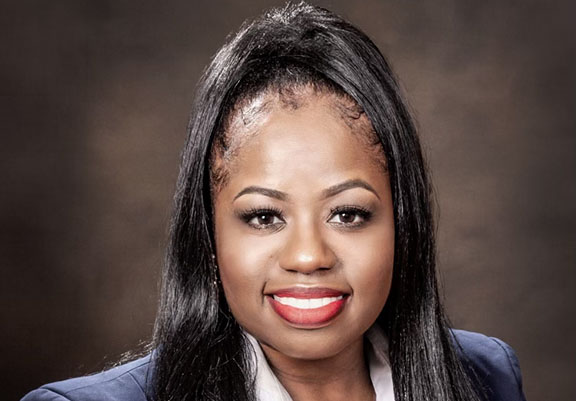
Hello #BankWithBea friends, I hope you all have started implementing some of the many tips and tricks that we have gone over this year, so far, to help you along your financial wellness journey. If not, it’s never too late to start or to start again! We are on this journey together.
I brought Shad Thomas, CFP® back for part two of our conversation. Shad is a CERTIFIED FINANCIAL PLANNER™ professional and a Wealth Advisor at United Bank. Let’s see what Shad had to say this week!
Bea: It is great to speak with you again, Shad! Can you start with a quick recap of our conversation last week?
Shad: Sure, Bea! I enjoyed our chat last week as we began the discussion of growing your wealth. For starters, we talked about taking care of two areas before we can start our investing conversation: debt management and an emergency fund. It is important to have your debt in order – ensure that you’re not carrying credit card balances from month to month and paying high interest on those cards. In addition, we discussed the importance of establishing an emergency fund – keeping money in a safe account (banks savings or money market account) that can cover unexpected expenses.
Bea: Ok, so what is next?
Shad: Next, it normally makes sense to look ahead over the next few years to see if you have any big spending items on the horizon. For example, you may be buying a house and need a down payment. Or you may have an upcoming medical procedure that you need to have cash for. Consider setting aside an amount of money in a safe investment for these big spending items. The important point here is to ensure you protect those funds in your portfolio so you don’t have the risk of selling investments (stocks or bonds) during a period where the market has declined.
At this point, it is a good idea to review your monthly budget to see how much you can set aside for savings and investing for the long term. Even if it is a small amount each month, the important point is to start saving and try to increase your savings rate over time.
From here, we can move toward our investing discussion. I would like to break the conversation into different stages in life. Today I will cover younger adults who are working and starting to build their wealth. When I speak with millennials, I always tell them to save the maximum theycan in tax-advantaged retirement accounts and make sure they understand their investment allocation.
By retirement accounts, I am referring to retirement plans offered through your work (401(k)) and Individual Retirement Accounts (IRA).
Does your Employer offer a 401(k) plan? Check with your Human Resources Department to see if a retirement plan is offered (most large employers offer a plan). If so, ask if there is an employer match – meaning your contributions are matched by the employer dollar for dollar up
to a certain limit. In most cases, contributing (at a minimum) up to the employer match is a good starting point for investing for the long-term and building wealth. If you can contribute beyond the employer match, that is great.
Bea: What is the maximum amount you can contribute to a 401(k) per year?
Shad: For 2021, employees can contribute up to $19,500 in their 401(k) for the year. If you are age 50 and older, you can contribute an additional $6,500 per year in “catch -up” contributions.
Bea: So now that they are contributing to their 401(k), how do you select their investments?
Shad: Let’s continue our conversation next week with this very topic!
Thank you Shad! I know it may be hard for some to envision a budget where you can actually save. Set a small goal, while you are consolidating debt, and creating your budget. Factor in cooking meals, instead of eating out to help save, coupon, shop store brands, and watch your money grow.
I can’t wait to dive even deeper into this conversation with Shad next week. Send any questions or comments directly to us at [email protected] #BankWithBea
